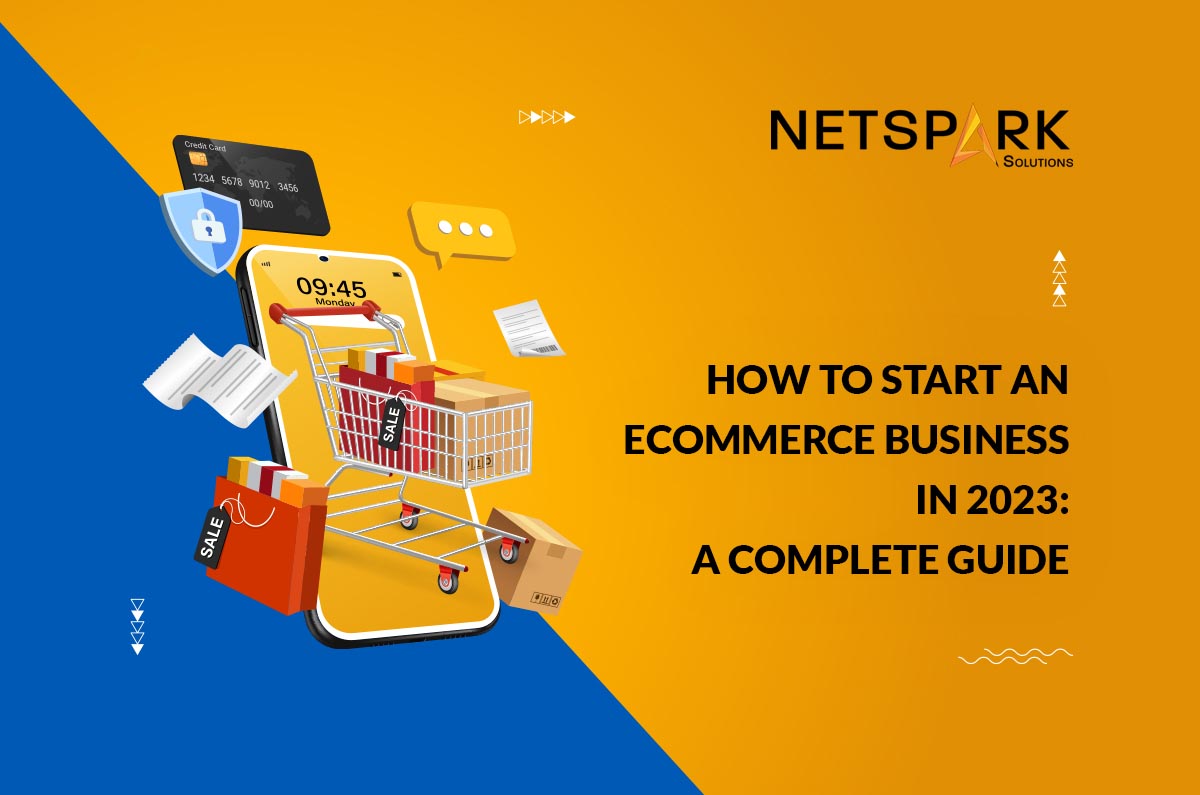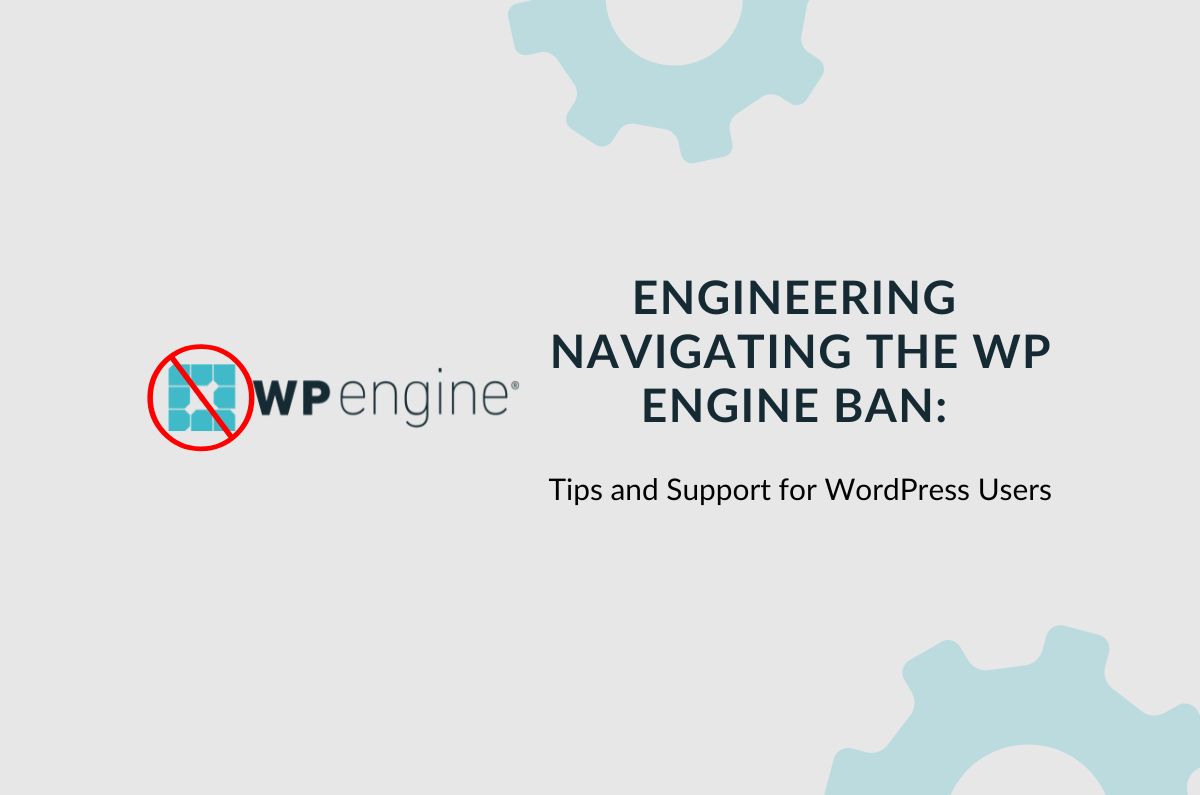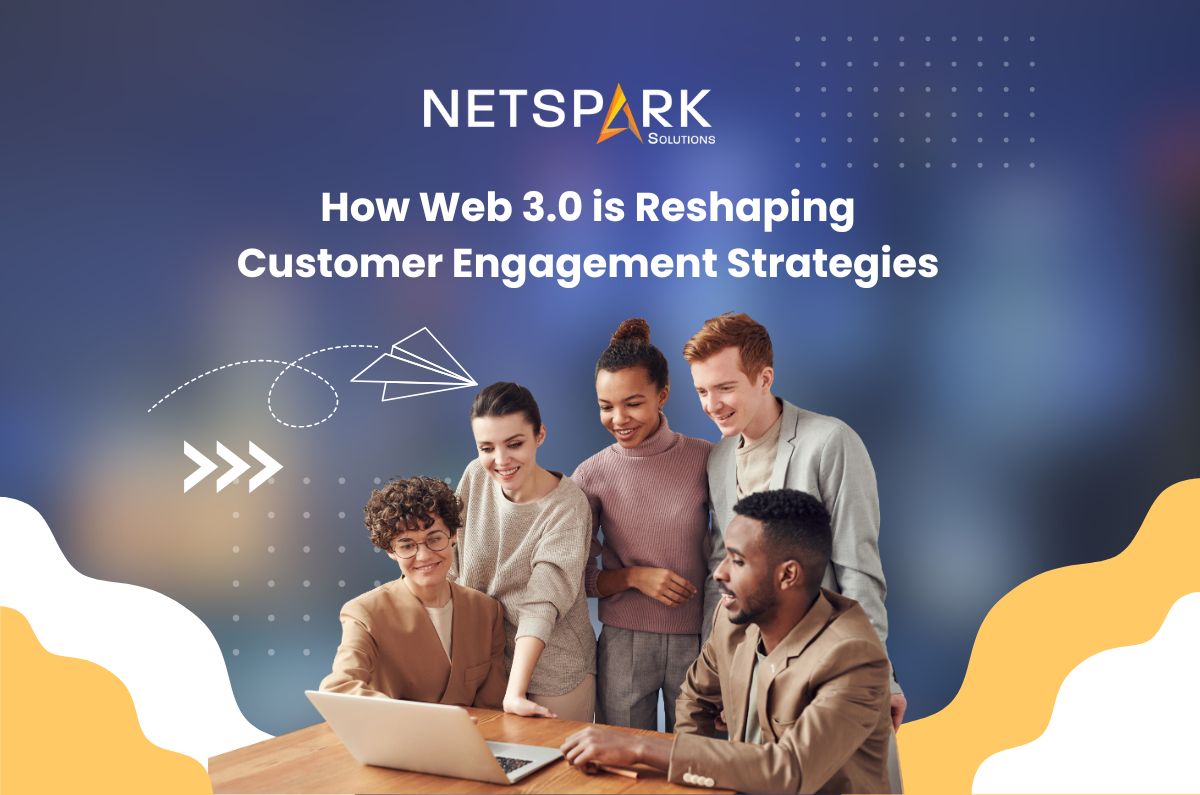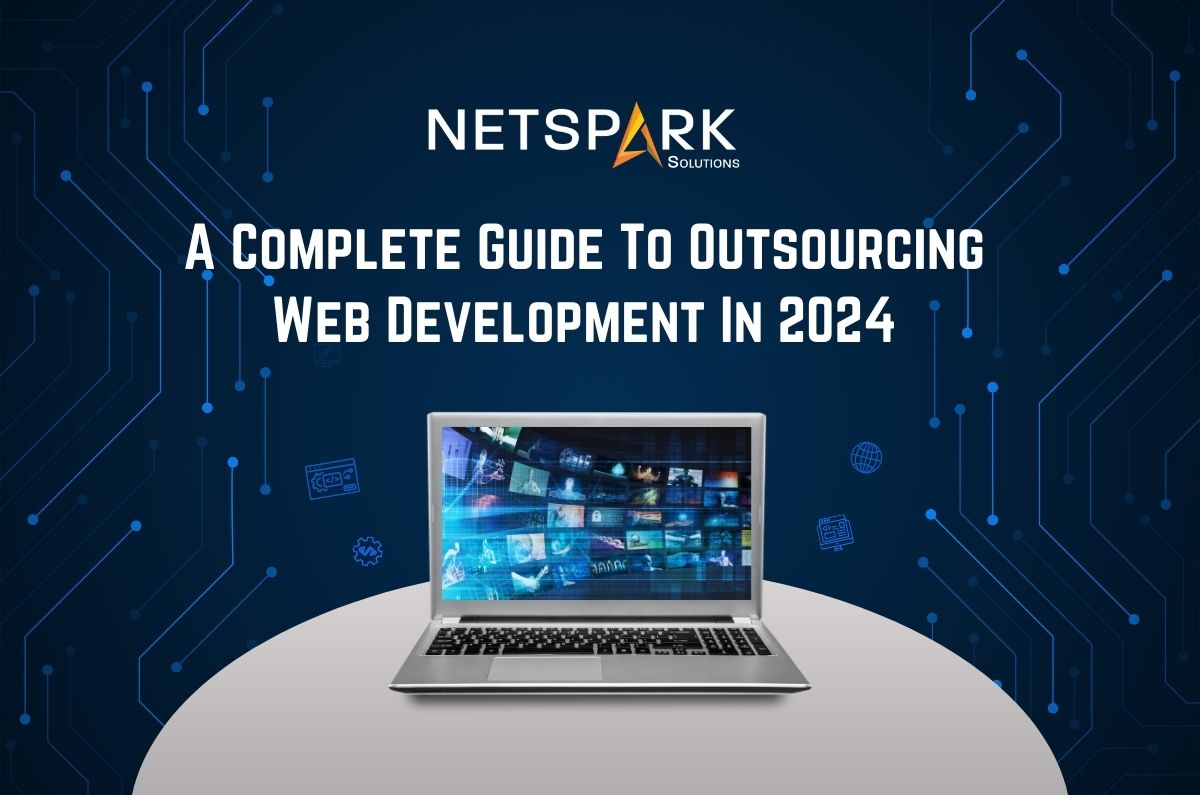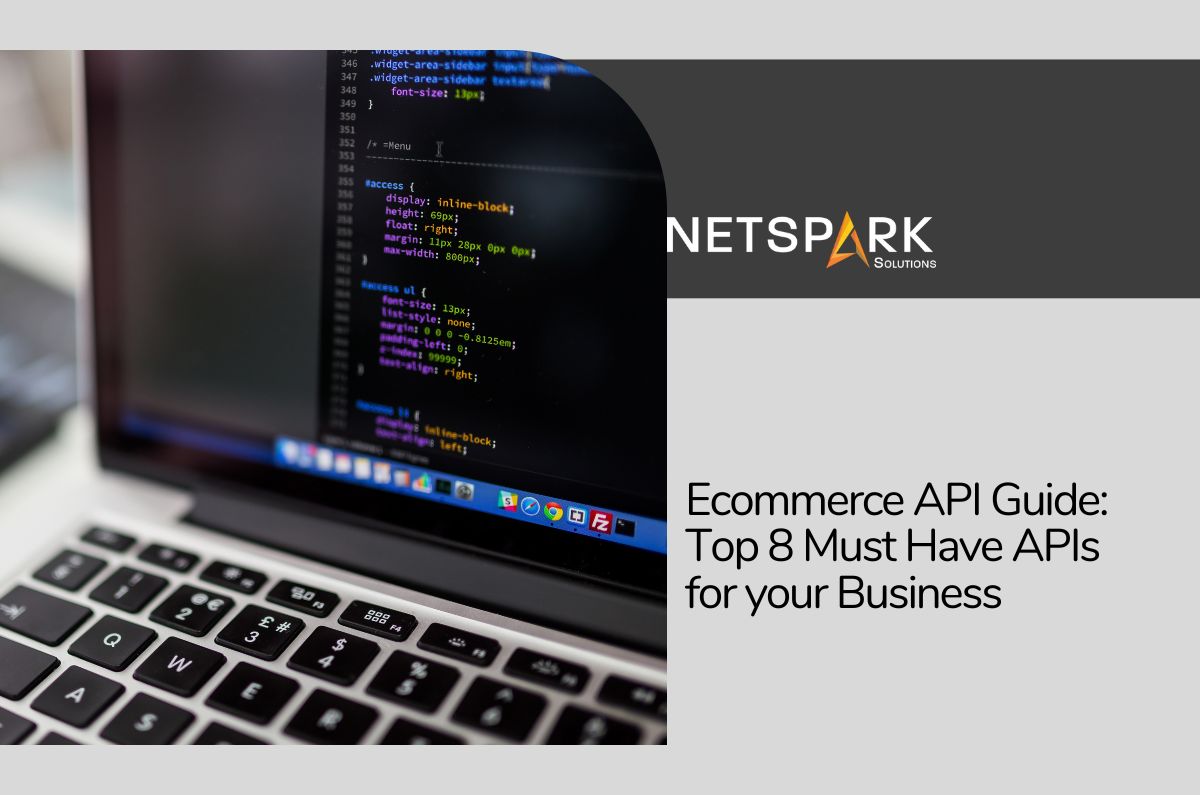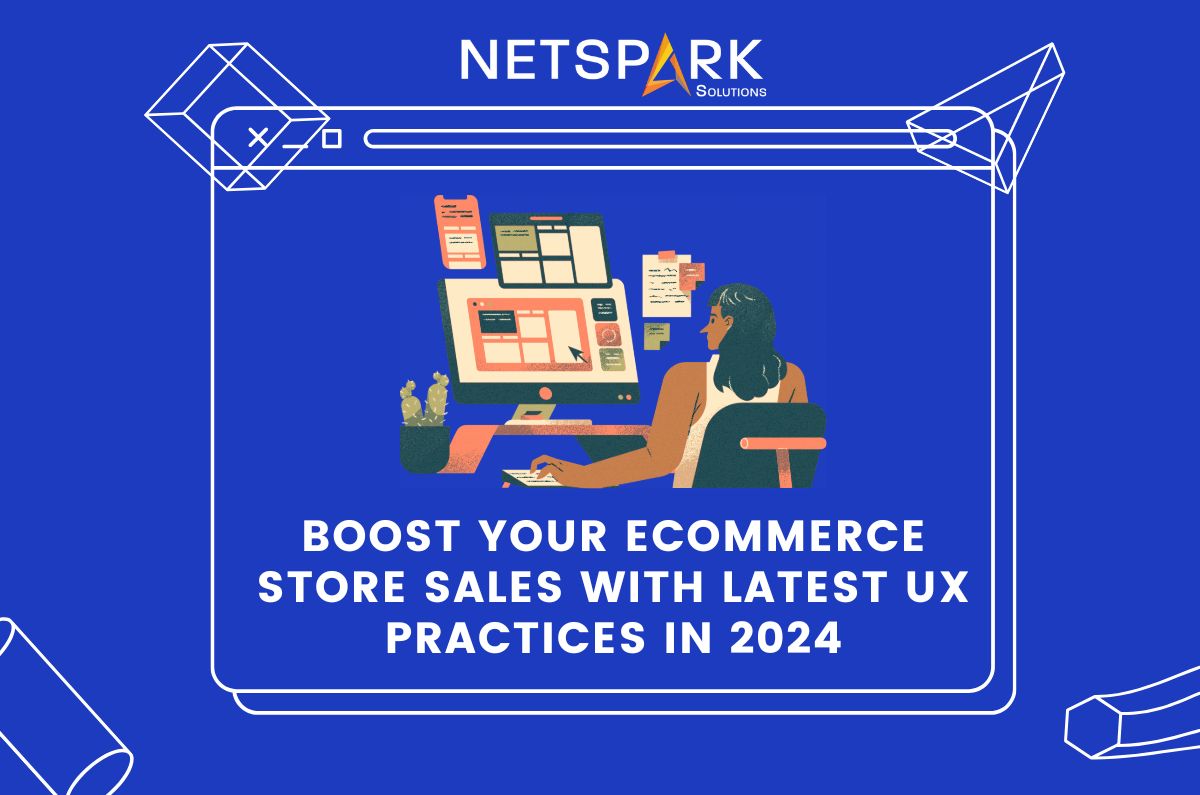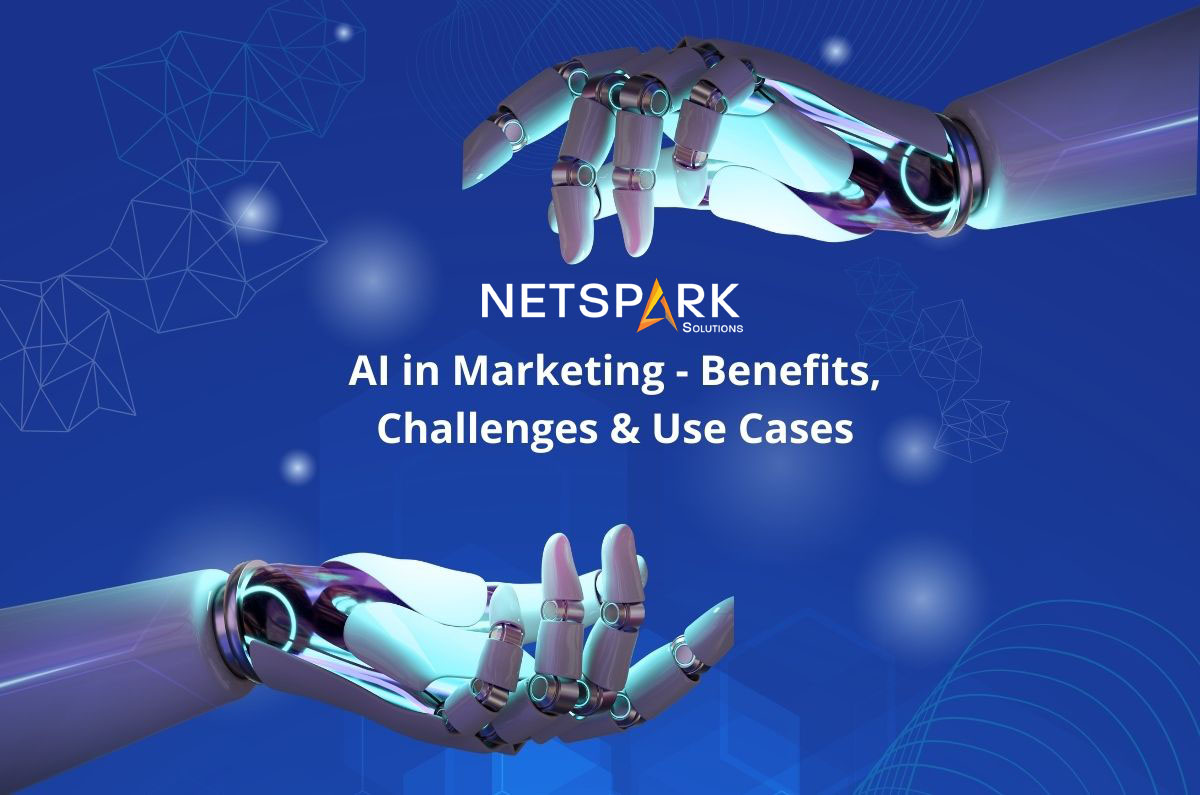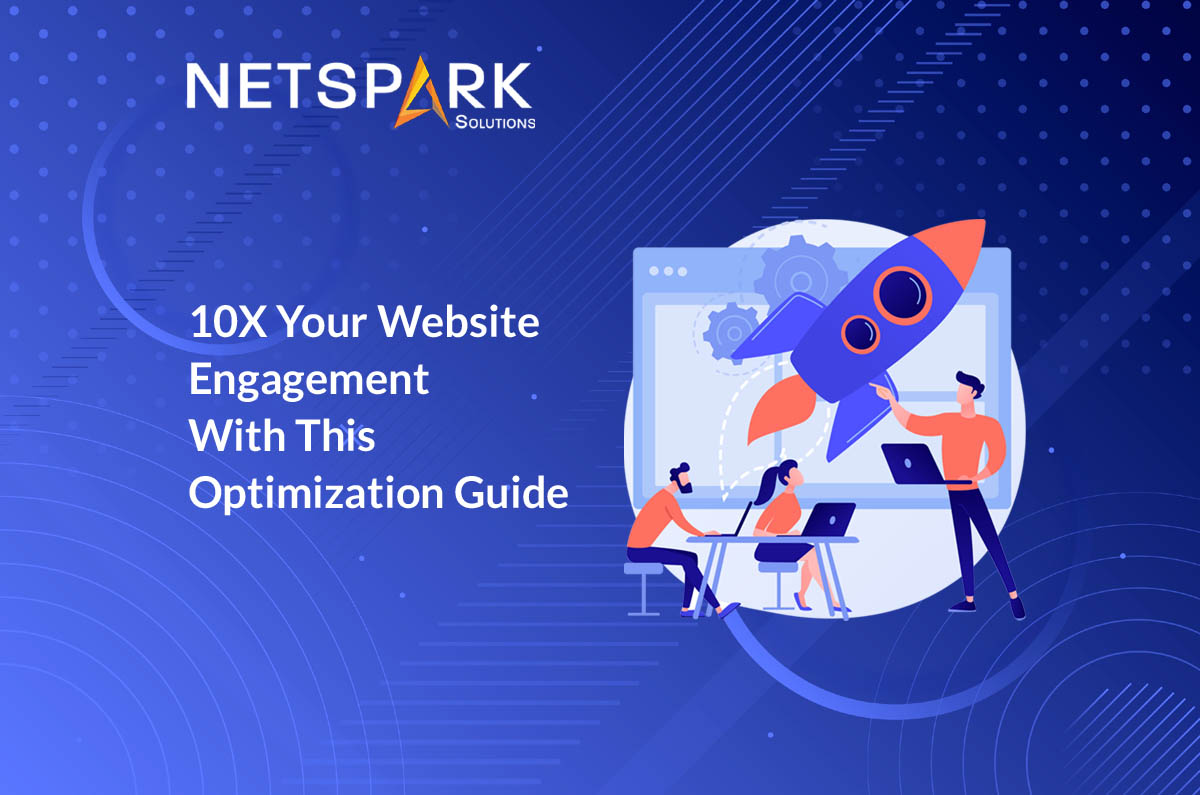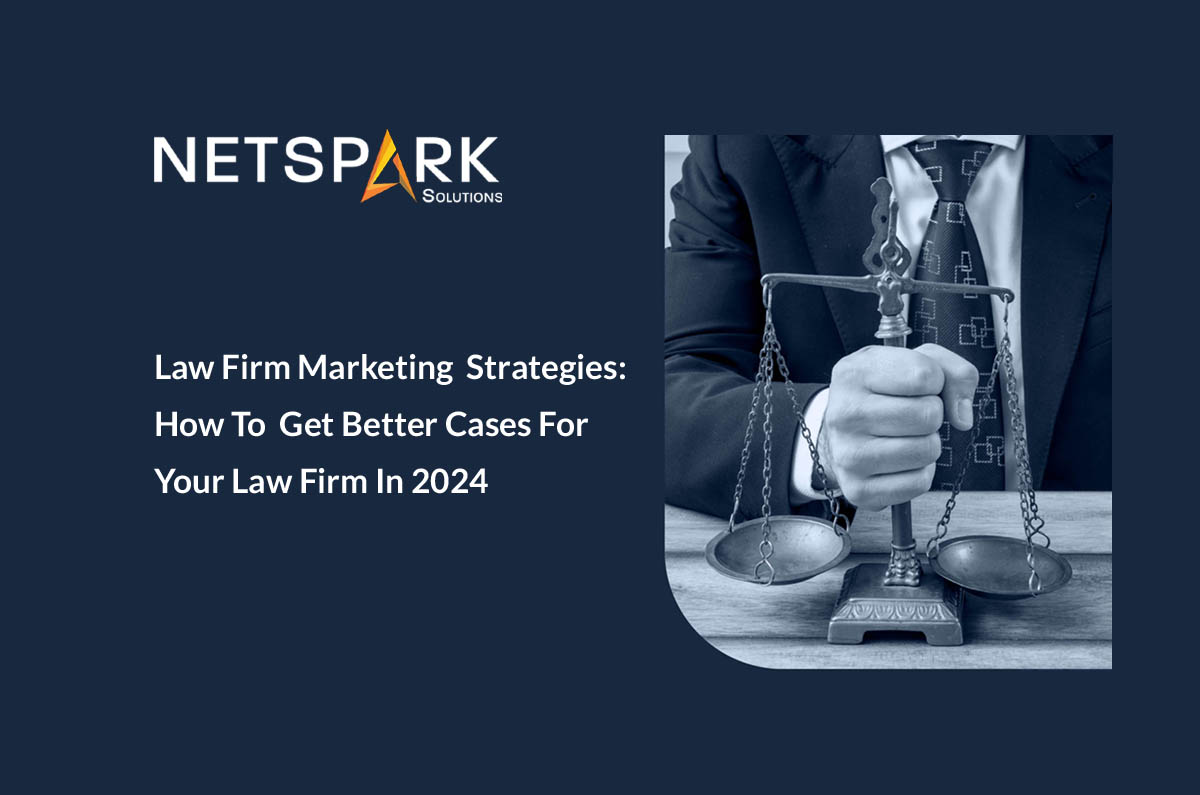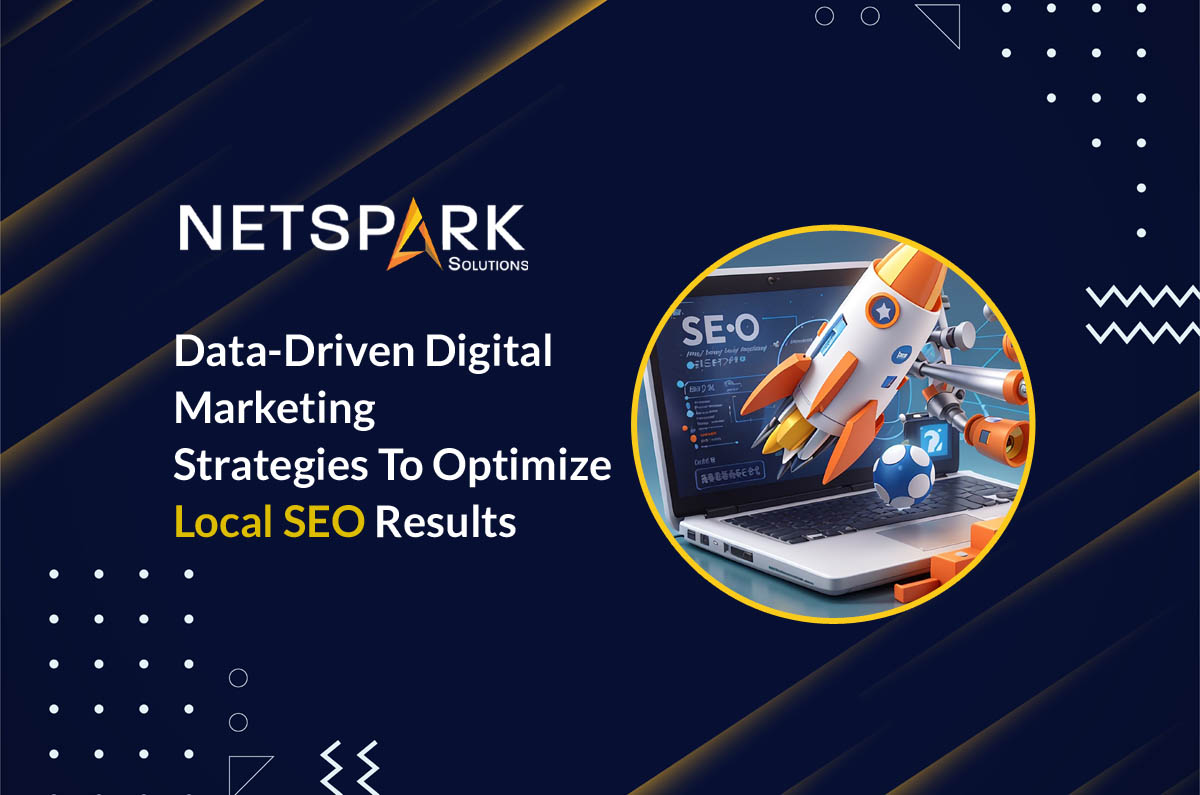Starting an ecommerce business is a nerve-wracking process. Not only do you need to develop a website that drives sales, it’s also challenging to integrate elements that put your business ahead of the curve.
Of course, you can use ready-to-use platforms like Shopify stores, but building an online shop that drives sales and offers competitive advantage is not easy.
That’s why it’s important to partner with a team of expert ecommerce developers who have expertise in implementing the best development practices to construct sales-driven online stores. In addition to this, you can also adhere to a few development tactics to ensure your ecommerce store offers the desired user engagement.
In this guide, we’ll share some of the best tactics to develop a sales-driven ecommerce shop. So, without any further ado, let’s get started.
1. Start by Choosing an Ecommerce Platform
An ecommerce platform is similar to a website builder that’s specifically tailored to construct and manage an ecommerce shop.
It offers a plethora of integrated elements that make it easier for retailers to list their products, manage inventory, accept orders, and complete shipments. Ecommerce platforms like Shopify and Wix offer various drag-&-drop elements which ensure retailers can set up their online stores without writing a single line of code.
However, if you want to relish the benefits of an ecommerce platform to its fullest, it’s better to dwell with the backend and deliver a customized shopping experience to the customers.
It’s worth pointing out that the developers you hire must have extensive experience in your preferred e-commerce platform. This will ensure you have a team of technical experts by your side who can help you launch a user-centric website.
2. Identify Your Target Customers
When it comes to developing an ecommerce store, identifying the target customers is highly critical. Why? Because it’ll help you devise marketing campaigns that cater to the shopping preferences of these customers.
The ultimate goal of any online store is to convert customers. You don’t need website traffic – you need traffic that converts. So, it’s important to devise marketing strategies that directly target your potential customers.
The easiest way to identify your potential customers is to conduct in-depth market research. The objective is to identify customers’ shopping preferences, demographics, and the age groups. These factors will help you construct ROI-driven marketing campaigns in the long run.
3. Hire an Ecommerce Development Agency
As we mentioned earlier, hiring a professional development partner will give you a competitive advantage and help you launch a feature-packed ecommerce store. Keep in mind that hiring an ecommerce development agency is a critical step of starting a new ecommerce venture.
That’s why it’s important to take your time and do the due diligence while screening potential candidates. The general thumb rule says that you should look for ecommerce developers who have prior development experience and know how to construct sales-driven online stores. They should also match your budget preferences as each development firm has different hourly rates.
If you know what you are willing to spend on your ecommerce store in advance, it’ll be easier to screen the potential development firms.
4. Focus on Scalability
Many retailers start their brand’s online journey with a small-scale store and limited products. However, it’s no surprise that all merchants want to scale their business in the long run. It’s important to integrate elements into your online store that offer easy scalability.
You do not want to get stuck with an online store that makes scalability a challenge in the future. In addition to choosing the right ecommerce platforms, you would want to opt for a theme that allows merchants to add new products without any hassle.
Your ecommerce store’s backend must also include scalable features so that the user experience doesn’t get hampered when you expand your product catalog.
5. Don’t Undervalue the Power of Easy Navigation
When it comes to increasing user retention, navigation is extremely important. In today’s world, people don’t have patience to click several times and go through extensive menus to find a particular product page.
Instead, they want a hassle-free and quick shopping experience. To ensure you don’t push away customers due to a complicated navigation, make sure to add a dedicated navigation bar at the top of the screen.
This navigation bar should contain links to all the major product categories along with sub categories. This categorical breakdown will ensure that the customers can open the desired product page within a few seconds.
In addition to the product categories, you can also add ‘Quick Links’ to the navigation bar and allow customers to find the most common web pages right away.
6. Optimize Your Website for Mobile Users
At this point, it’s an inevitable truth that the majority of Internet traffic comes from mobile users. If your website doesn’t offer a mobile-friendly user experience, you are most likely to lose on huge sales opportunities.
It doesn’t matter if you are planning to launch a large-scale or a single-page ecommerce store, it would be crucial to optimize it for your mobile users. To do this, choose a responsive theme.
For people who don’t know, a responsive theme is tailored in such a way that it automatically adjusts the website’s layout according to a particular screen size. This ensures that your website delivers a consistent user experience across all platforms.
It’s important to understand having a mobile-friendly design will boost your overall conversions and help you unlock better sales opportunities.
7. Use Enough Visual Elements to Captivate Customers
Humans love visual elements including videos and pictures. Instead of writing lengthy product descriptions, optimize your website and make it user-centric by adding relevant images and videos.
These visual elements will boost your website’s overall user engagement and you’ll be able to drive customers through the entire sales funnel. However, it’s important to understand that these videos and pictures should not compromise your website’s loading speed.
Since the loading speed is a critical ranking factor, you would not want to stack your product pages with heavy pictures and videos. Before uploading these visual elements, make sure to optimize them for better loading speed by compressing their size.
Conclusion
In this guide, we have given away some of the best tactics that’ll help you develop a sales-driven online store. In saying that, however, it’s always advised to hire a professional development agency to build your online store. With a team of professionals by your side, you’ll be able to launch a feature-packed ecommerce store that drives sales and boosts the overall business revenue.

